Persepolis or Takht-e-Jamshid is an ancient city located in south-western Iran. It served as the ceremonial capital of the Achaemenid Empire ca. 550–330 BC.
Situated in a fertile plain of the Pulvar River and surrounded by strong natural mountain defenses, the ruins lie on a massive platform built from limestone – the main building material used in Persepolis.
It’s hard to describe the whole beauty of the ancient city. Even in ruins, Persepolis remains an awe-inspiring wonder and deserves to be seen.
While archaeologists have unearthed evidence of prehistoric settlement, inscriptions show that construction of the city started under Darius I’s rule. It was most probably under this king, by the way, that Persepolis replaced Pasargadae, the burial place of Cyrus II (the Great), as the capital of Persia proper.
Ruins of the palaces of Darius I, Xerxes, and later kings as well as the citadel that used to contain the treasury plundered and burnt down by Alexander the Great are preserved in Persepolis.
As to why Alexander looted and reduced the city to ashes after conquering it, still remains a mystery for historians. Persian King Xerxes had burnt the Greek City of Athens some 150 years earlier. And his immoral act against the acropolis of Athens was repaid in kind by a woman, Thais by name and Athenian by origin, whose company Alexander enjoyed and who allegedly encouraged the Macedonian king to set fire to the ancient palaces, most probably as an act of revenge.
Before you decide to make a trip to one of the most beautiful and breathtaking spots in the history of mankind, take a minute to enjoy PAN Photo photographer’s pictures of Persepolis.
In his photos, Karapet Sahakyan made the city look exactly like it did in ancient times.
244views
Share on Facebook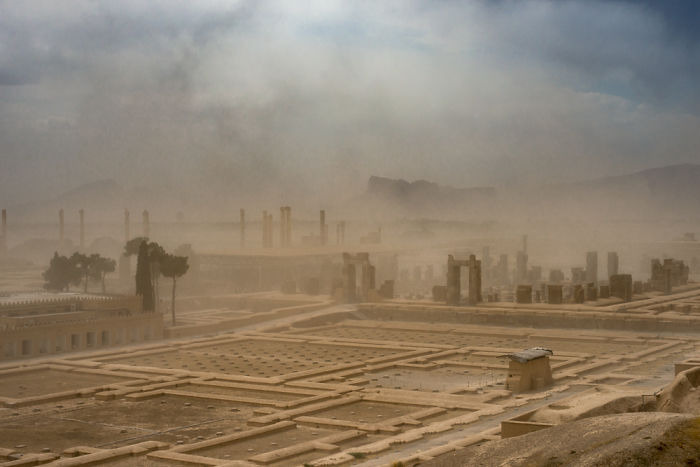
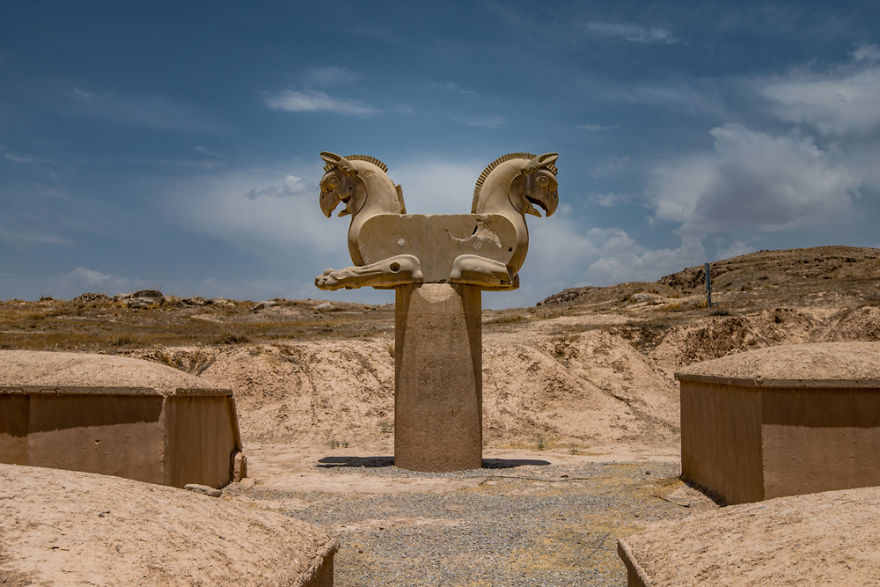
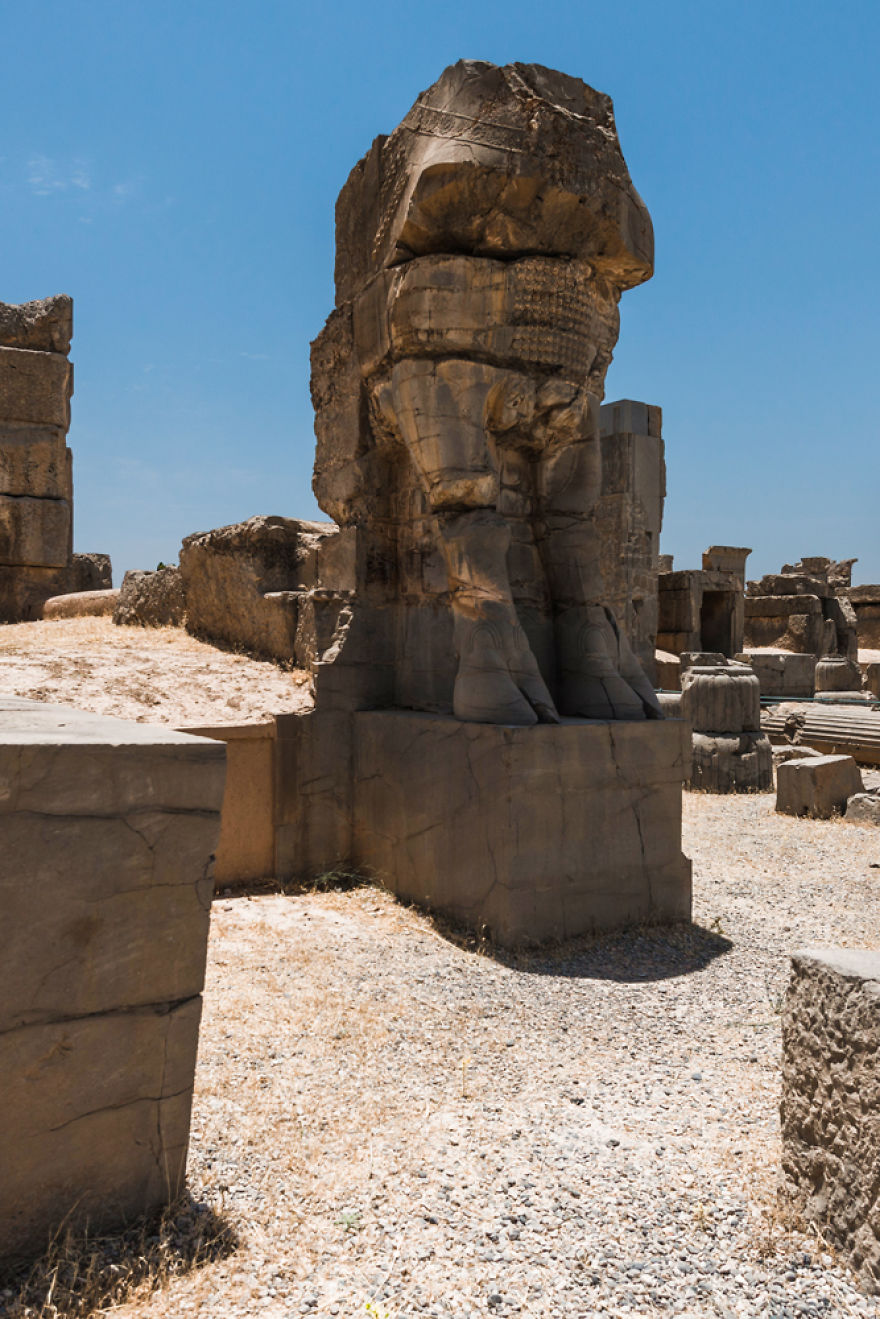
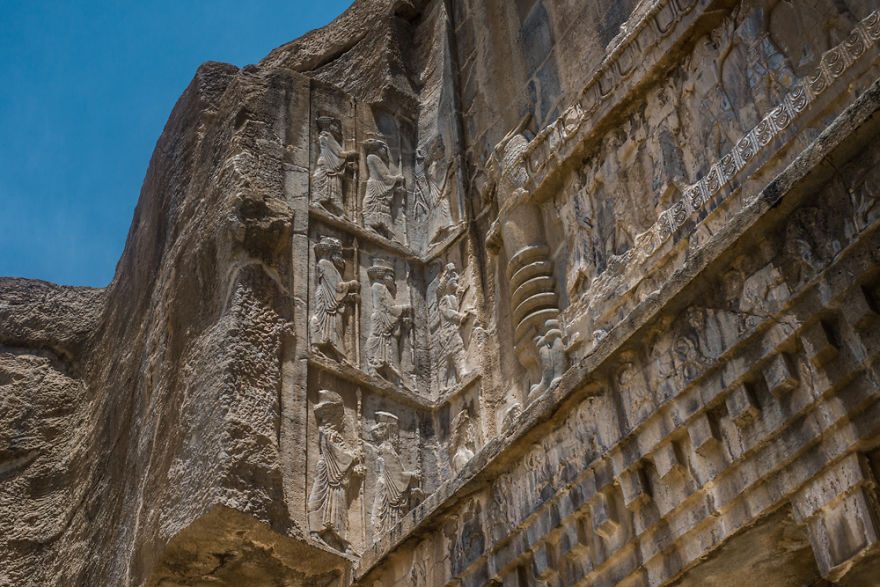
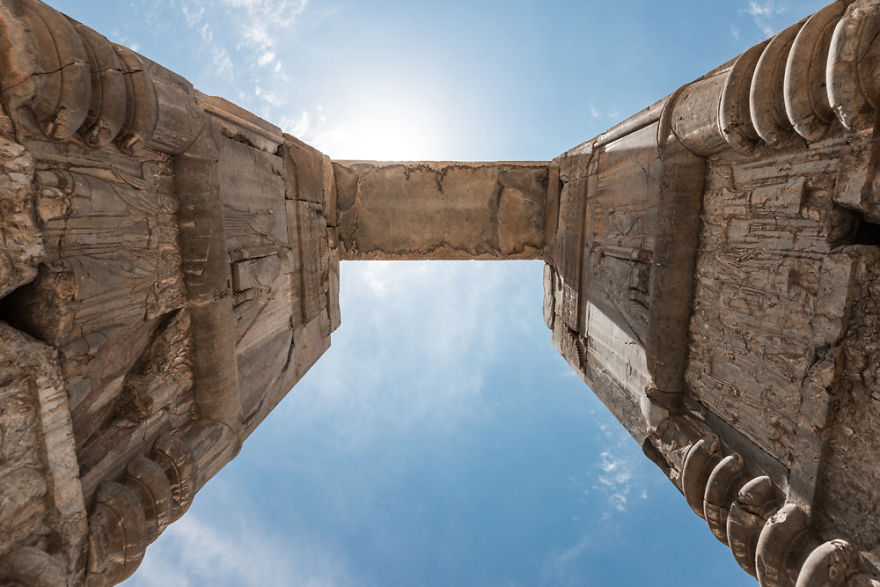
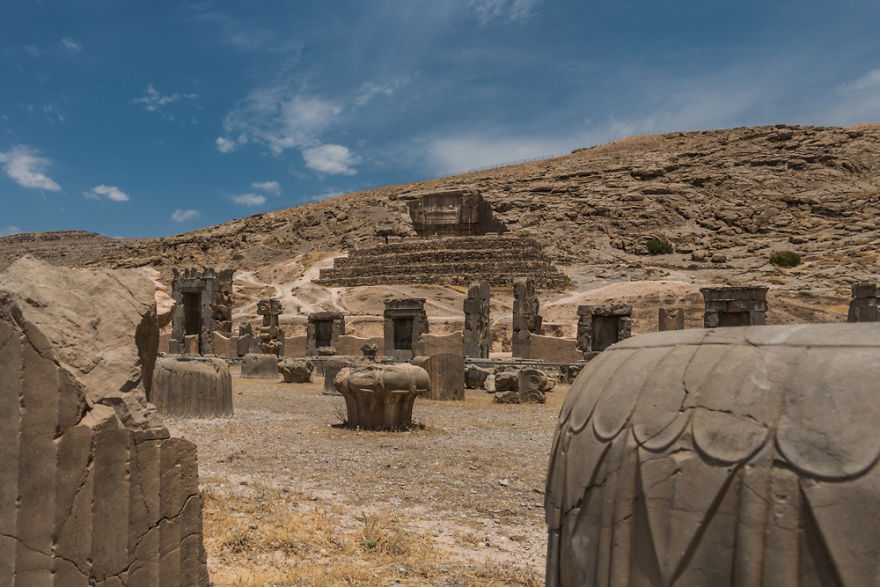
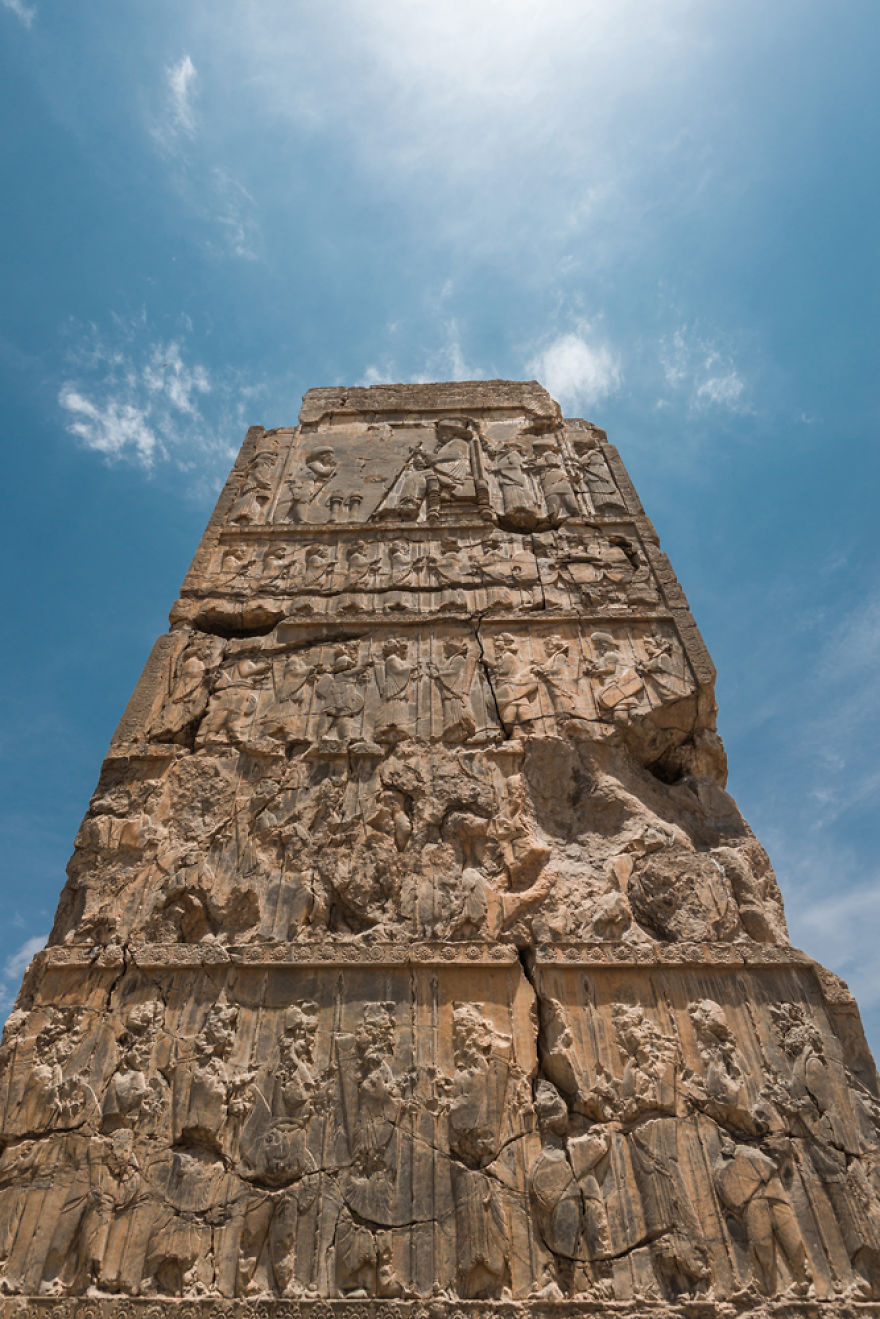
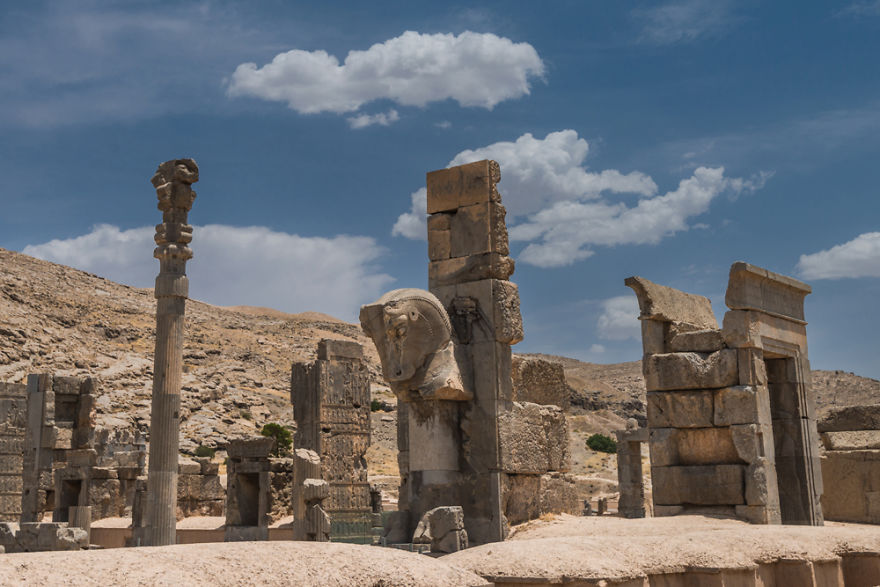
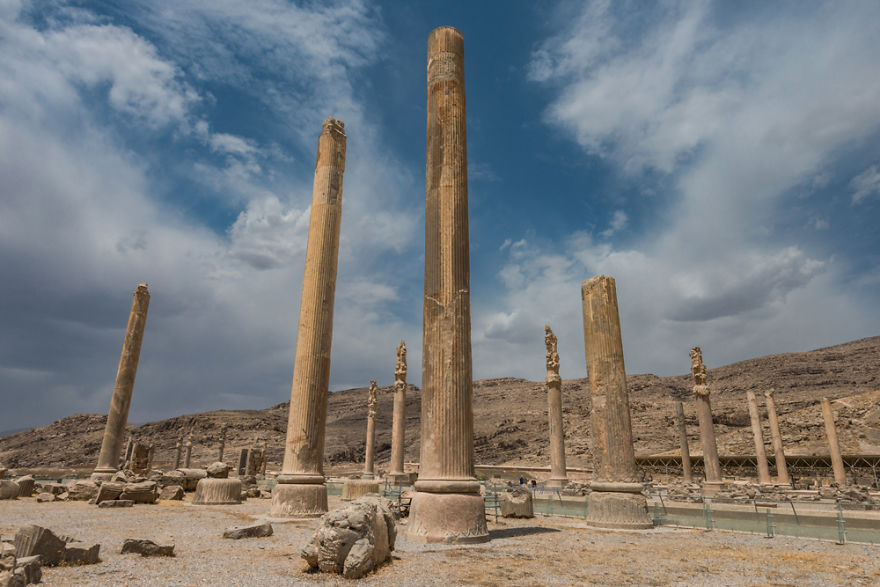
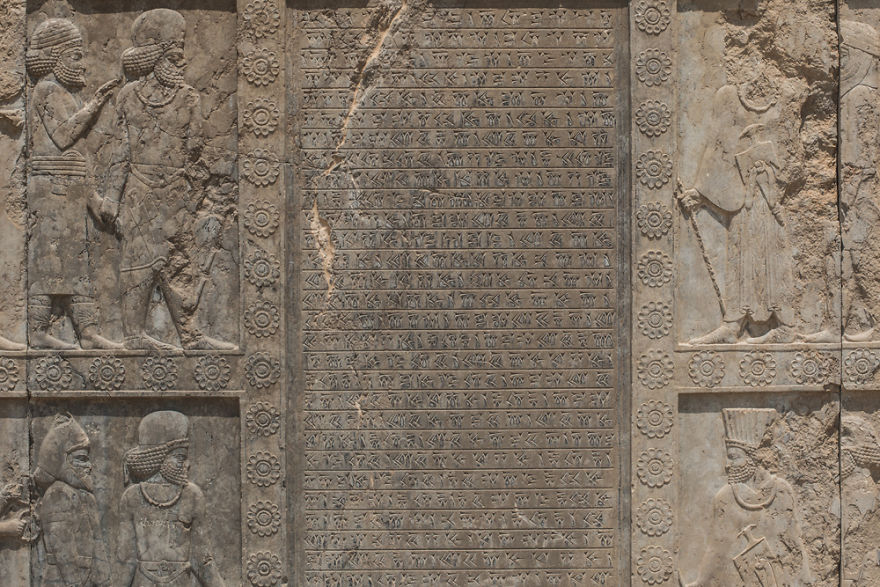
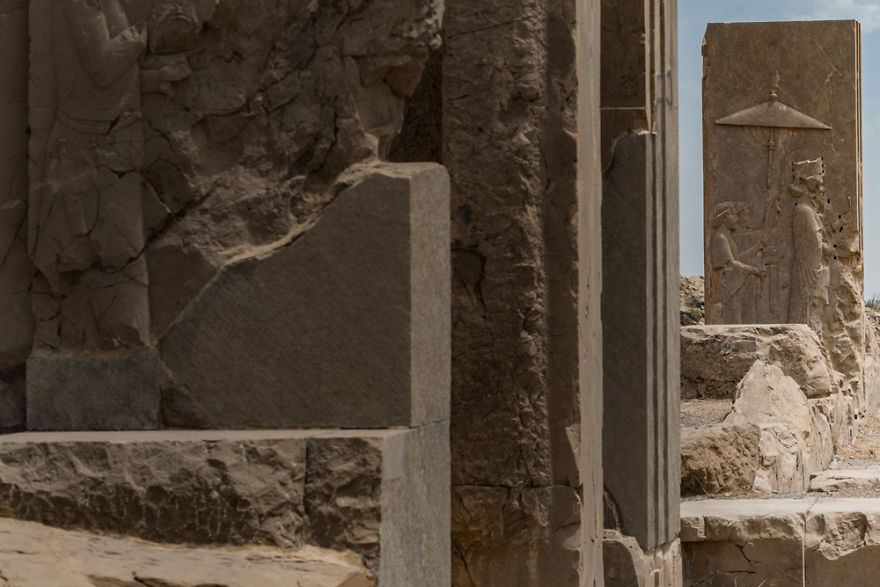
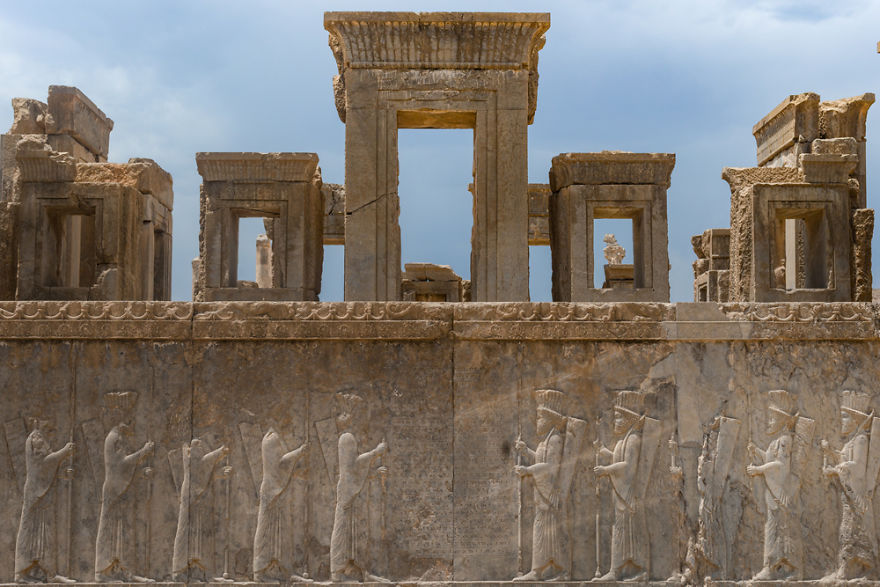
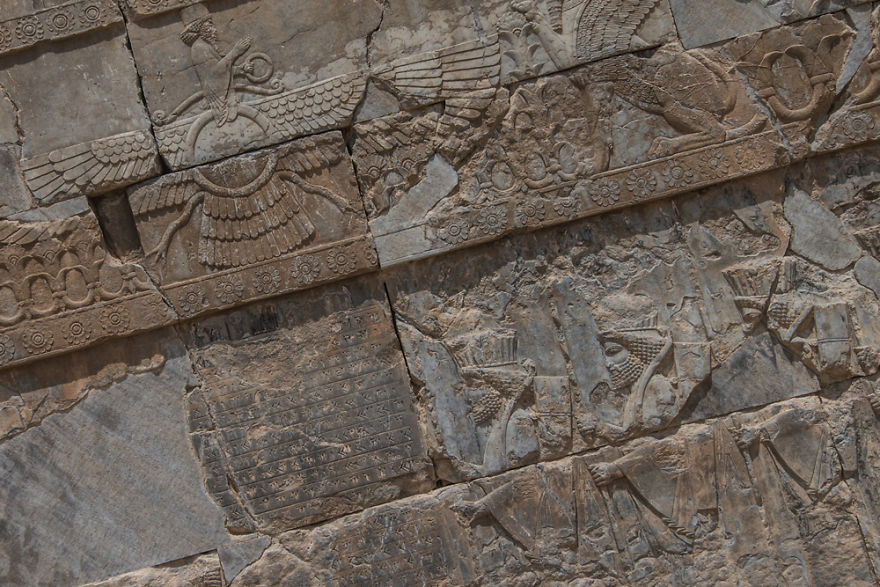
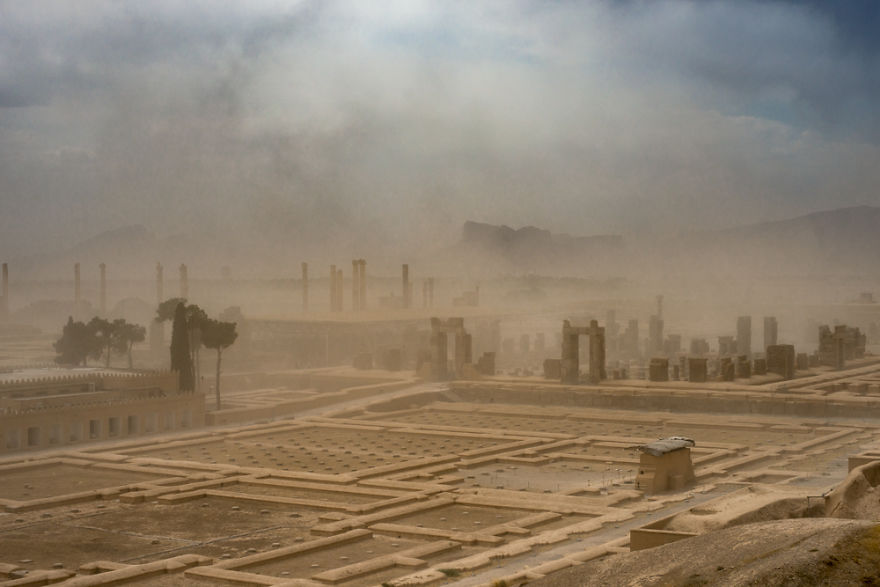
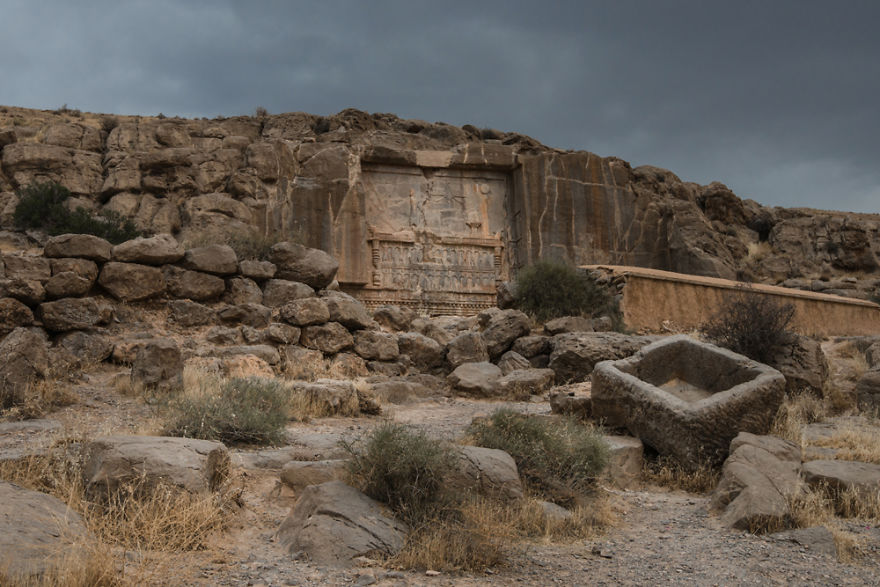
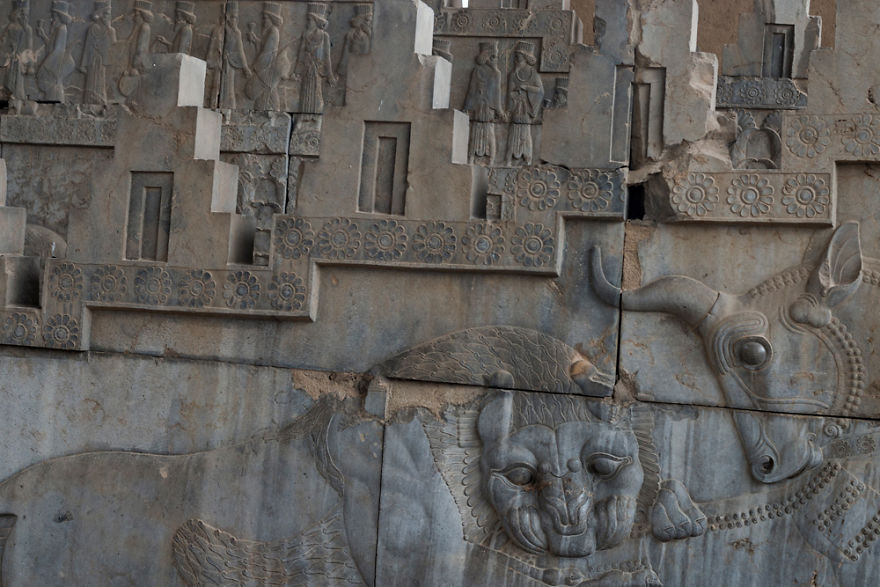
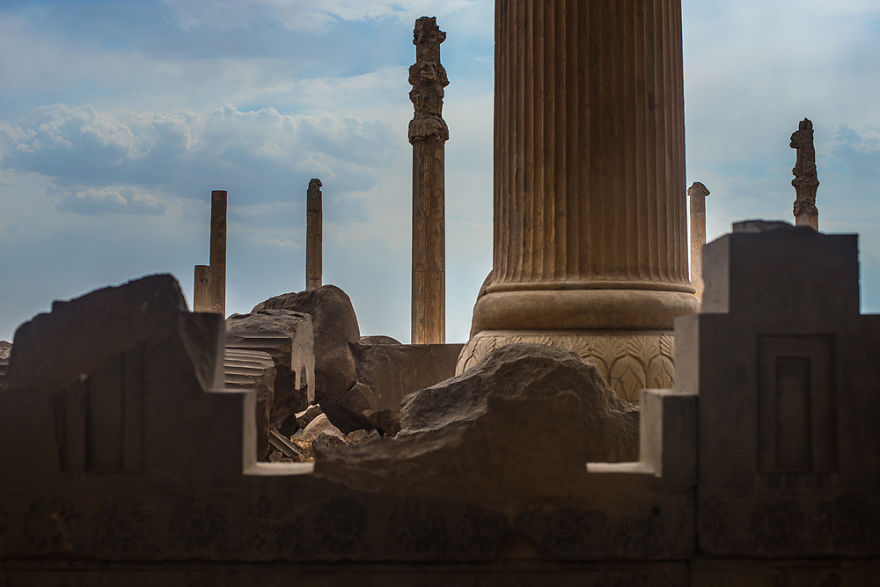
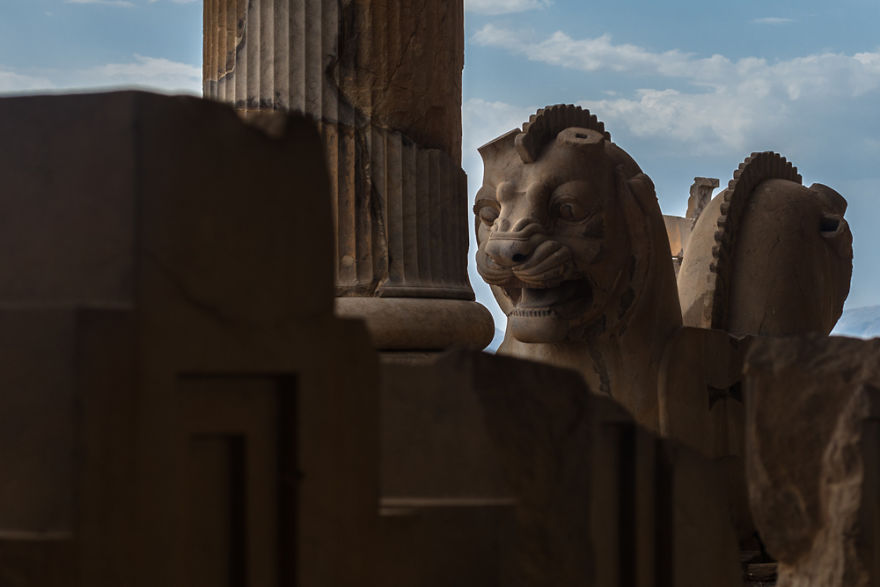
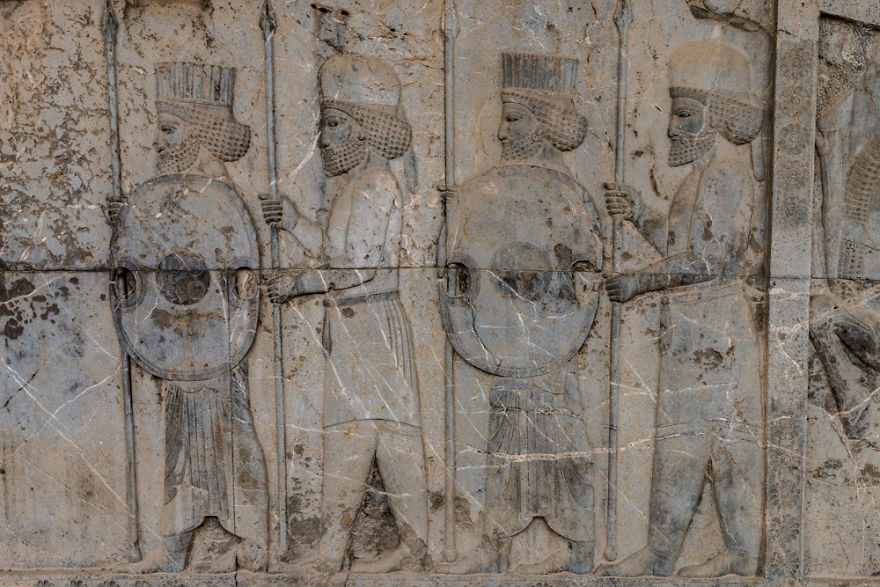
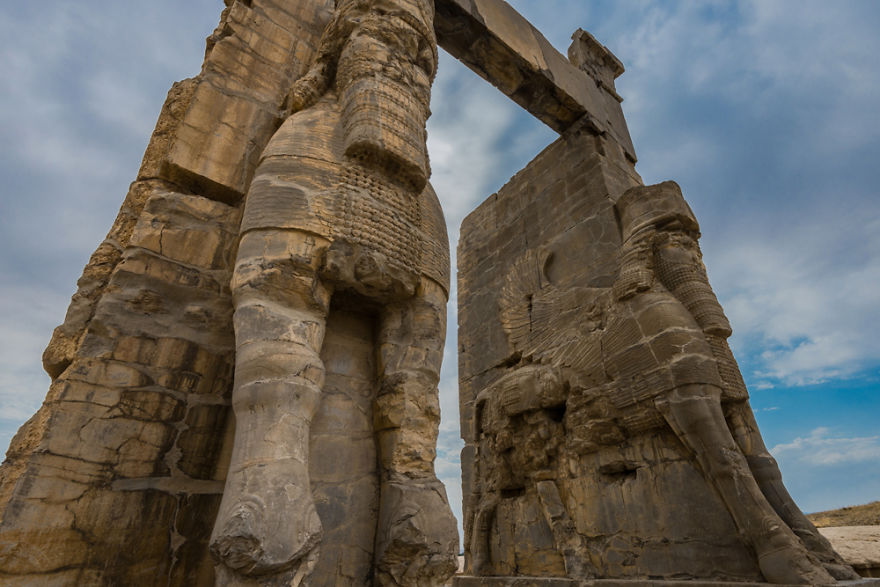



6
0